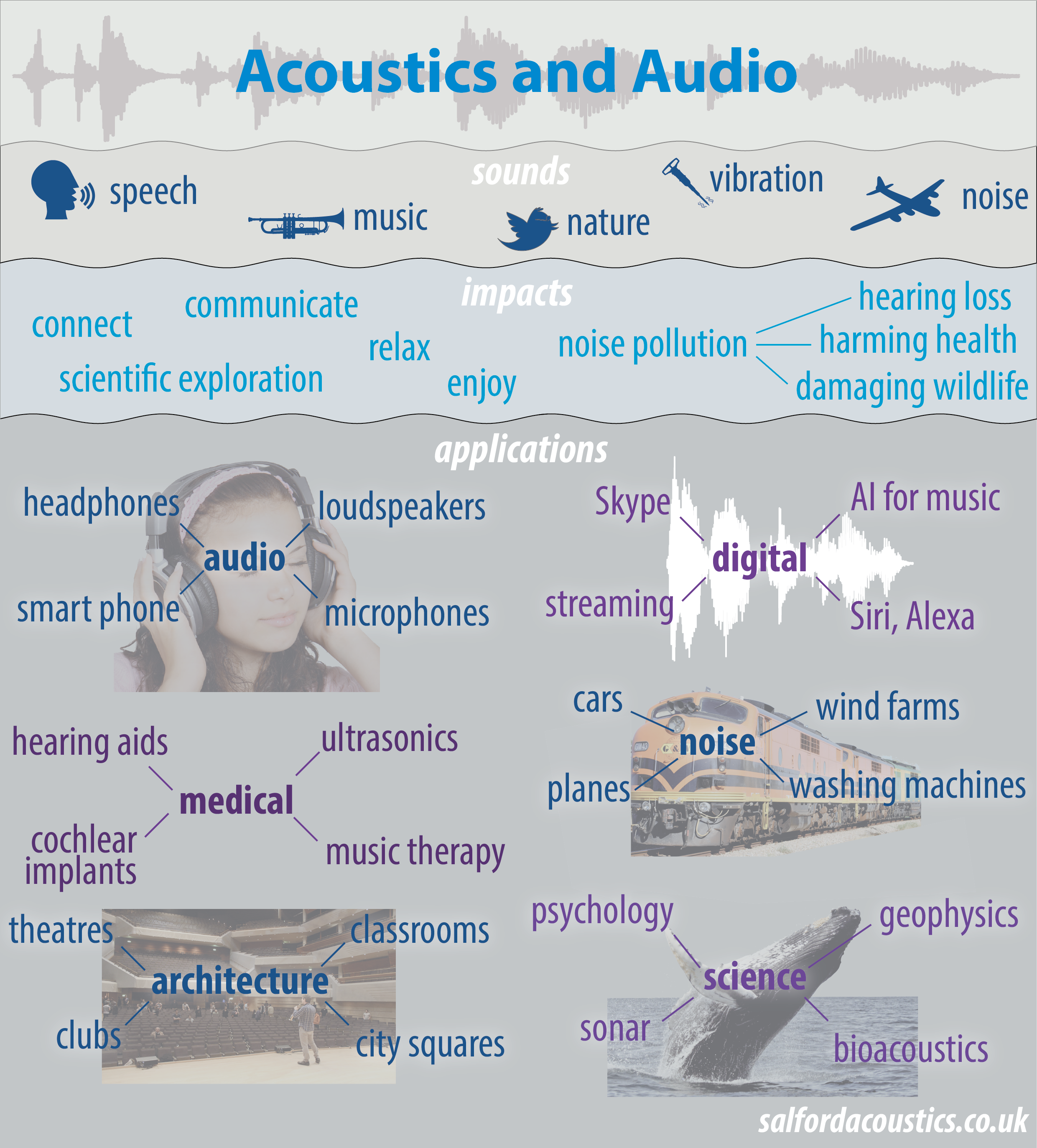What exactly is "Sone 340," and why has it become a pivotal consideration in today's world of sound and design? Sone 340, though not a specific physical entity but a concept related to a scale, highlights the crucial role of noise measurement and the growing necessity for acoustic standards in our daily lives.
To grasp the significance of Sone 340, one must first understand the principles of acoustics. Acoustics, at its core, is the science of sound, delving into its production, propagation, control, and perception. Its a field that permeates almost every facet of modern society, from the obvious applications in audio and noise control to the more subtle influences on architecture, product design, and even psychological well-being. The ability to hear is a fundamental survival mechanism in the animal kingdom, and speech is a uniquely human characteristic that underpins culture and development. Therefore, the study and management of sound have far-reaching implications.
The foundation of acoustics relies on a few fundamental concepts. Sound, at its most basic, is a disturbance of energy that travels through matter in the form of waves. When a sound wave encounters a material, its energy interacts in various ways. Some energy is absorbed, some is reflected, and some may be transmitted. The rate at which sound waves repeat per second is measured in Hertz (Hz), determining the pitch of the sound.
The term "Sone" ( / s o n / ) is a unit used to measure loudness, representing the subjective human perception of sound pressure. It was introduced in 1936 by Stanley Smith Stevens as a way to quantify perceived noise levels. This measurement is a linear scale, meaning that a doubling of the perceived loudness corresponds to a doubling of the Sone value. For example, if a sound is rated at 1.0 Sone, and another sound is perceived as twice as loud, it would be rated at 2.0 Sones. The study of perceived loudness falls under psychoacoustics, a field employing psychophysical methods. It's important to note that the Sone is not an SI unit, despite its widespread use.
Acoustic energy plays a crucial role and can be described as a disturbance of energy that moves through matter in the form of waves. Its also essential to understand the impact of noise. Noise, in an environment, can decrease concentration and productivity. Conversely, a workplace can become intimidating when it is dead silent. In contrast, desirable sound, like the soft murmur of colleagues, music, or natural sounds from an open window, creates a more pleasant atmosphere.
The application of acoustics has expanded since its early days in industries focused on sound like auditoriums and theaters. Today, it is interwoven into many sectors, from the design of quieter appliances to the development of noise-canceling technology. Modern acoustics is far more advanced than even two decades ago. It has grown to incorporate ultrasonics and other advanced technologies, further shaping how we interact with sound.
| Aspect | Details |
|---|---|
| Name: | Stanley Smith Stevens |
| Born: | 1906, Salt Lake City, Utah, USA |
| Died: | 1973 (aged 67), Palo Alto, California, USA |
| Nationality: | American |
| Known for: | Development of the Sone scale; Contributions to psychophysics and the study of sensory perception. |
| Fields: | Psychology, Psychophysics, Acoustics |
| Education: |
|
| Career Highlights: |
|
| Key Contributions: |
|
| Relevant Website: | Wikipedia - Stanley Smith Stevens |
The relevance of Sone 340 in modern society is about creating order in an environment characterized by noise. As the demand for quieter living spaces, vehicles, and products increases, the necessity for standards such as those tied to Sone ratings becomes more pronounced. For example, a 1.0 Sone rating is comparable to the sound of a running refrigerator, 2.0 sones represent a normal office environment, and 5.0 sones reflect the noise level of a busy restaurant during dinner time.
Beyond consumer products, acoustics also influences crucial aspects of human life. The fundamental equation in acoustics (1 c2 2p/t2 2p = 0 (1.4)) describes sound field properties over space and time and highlights their complexities. This equation is the cornerstone of modern acoustics, helping to define and control the behavior of sound waves. It applies to everything, from the design of concert halls to the engineering of noise-canceling headphones.
The field of acoustics has gone through transformative changes over the years. Now, the principles are employed from architecture to music production, product design to medical applications. A sound understanding of acoustics is essential for building effective noise management strategies and enhancing the quality of life in our noisy world.
The term "Sone 340" can be associated with modern advancements in technology, offering a wide array of capabilities. The term itself doesnt point to one particular device, but it can be used in a broader context, representing technological innovation and design improvements. You will find details about its history, uses, and future possibilities as the research on this topic is continually being conducted.
Different Sone ratings have distinct implications. The higher the Sone rating, the louder the sound. For instance, a fan operating at 5.0 sones can create a sound environment like a busy restaurant during dinner. Those at 6.0 sones can be comparable to a sporting event within a stadium.
In conclusion, while Sone 340 is not a specific product or device, the concept underscores the importance of the Sone scale and acoustics in our daily lives. It reflects the growing need for understanding and managing sound to improve the quality of life and foster more pleasant and productive environments. Through scientific understanding and innovation, we can continue to shape a world where sound is harmonized with human well-being.

![[Sound]소리의 Phon, Sone란? (Loudness)](https://blog.kakaocdn.net/dn/bofvPR/btrouyFBEPx/GmYcpaqwLKoMXgUNBL6cH1/img.png)
